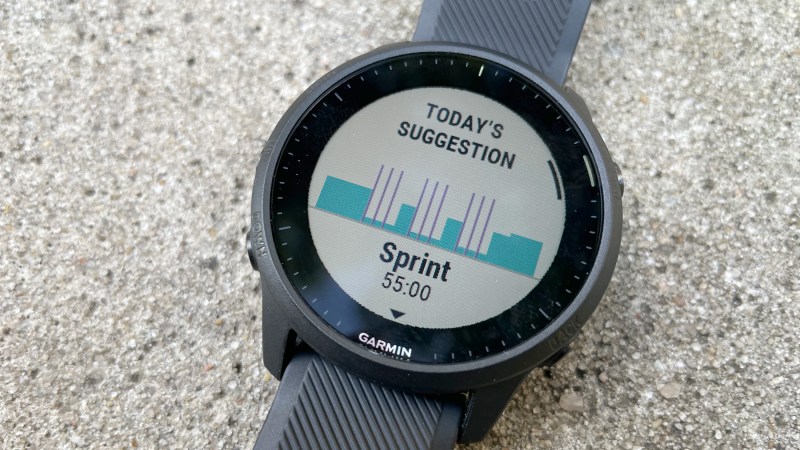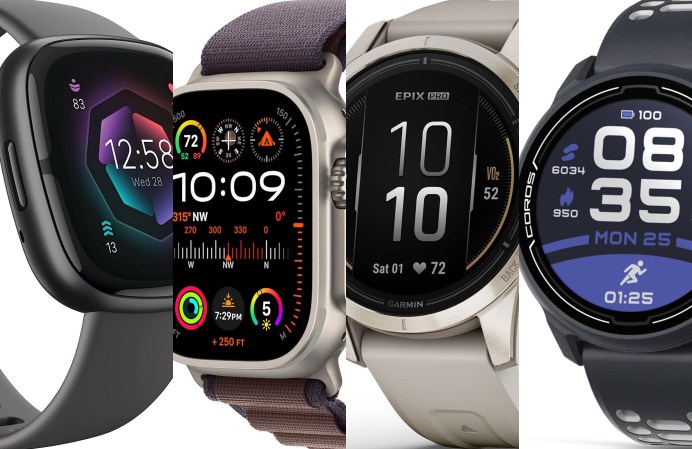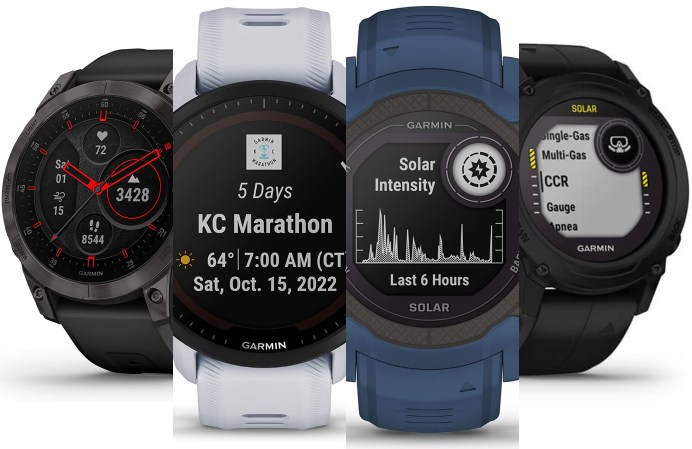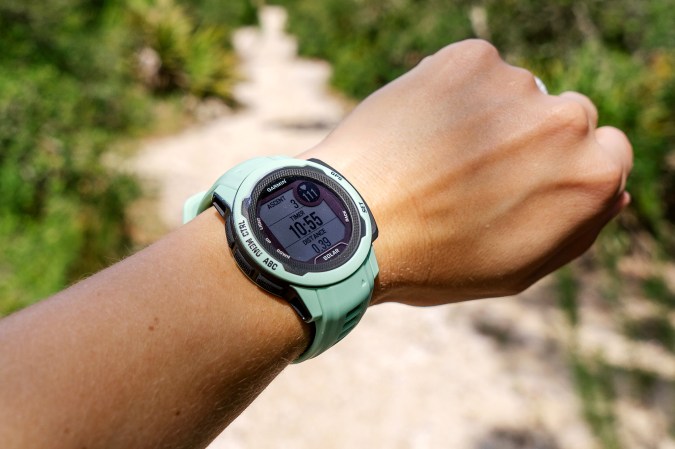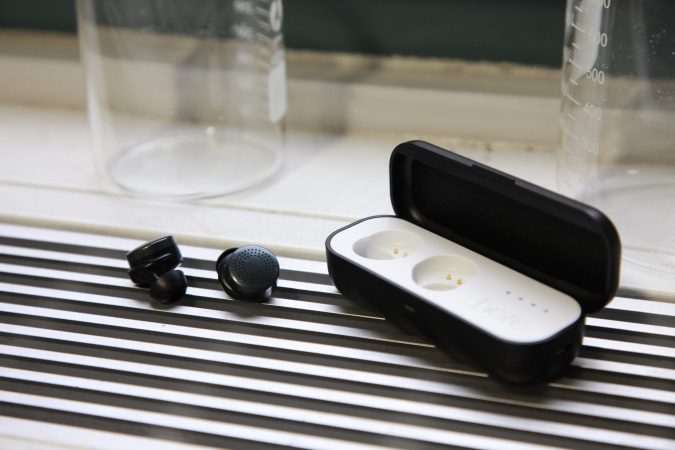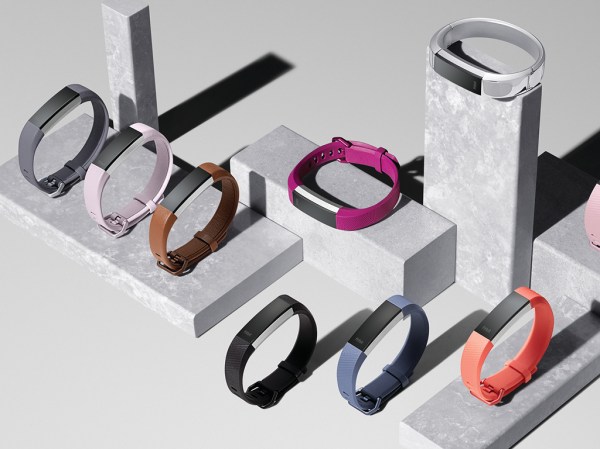

We may earn revenue from the products available on this page and participate in affiliate programs. Learn more ›
Garmin offers a range of full-featured running watches designed for elite athletes. Its Forerunner 745 and 945 are incredible training tools, but they come with elite price tags and often include features the average runner doesn’t need. That’s where the $199 Garmin Forerunner 55 (with its smaller, lighter size, and a feature list that focuses on personal improvement) comes in.
It features a range of biometric and fitness-tracking apps, training exercises, and navigation tools. Plus, it performs smartwatch functions like controlling your phone’s music and displaying messages and texts. What’s more, it does all this for a price that won’t empty your wallet. But can a relatively inexpensive running watch lap the competition, or does it sputter out just before crossing the finish line? Read on to find out.
The Garmin Forerunner 55’s design

The Forerunner 55 isn’t as sleek as some dedicated Garmin smartwatches. At the same time, it’s also not overly obvious that it’s meant for working out. It can go from the gym to the office to dinner without raising eyebrows. The lens is made from what the company describes as “chemically strengthened” glass. While that’s not as robust as the Corning Gorilla Glass used on its bigger siblings, it’s designed to stand up to a vigorous workout. I dropped it on its face from about 3 feet to simulate tumbling to concrete during a run. It remained scratch-free.
The lens sits in a clean-looking metal bezel for a simple, understated look. It has three function buttons on the left side of its case and two on the right, just like the other Forerunners.
As usual with the best Garmin watches, the Garmin Forerunner 55 comes with a comfortable silicone watch band. I’m not a huge fan of silicon and find it traps sweat. Luckily, this running watch features quick-release pins that make it easy to swap bands. Garmin and third-party manufacturers make them in a variety of colors and materials and customizing your watch is a breeze.
At 42mm in diameter and only 11.6mm thick, weighing barely 37g, this was one of the most comfortable fitness watches I’ve worn. It’s big enough that the 26.3mm, 208 x 208-pixel color display provides a lot of easy-to-read information, but compact enough for smaller wrists. My wife, who hates chunky running watches, loved the size.
And, like all Garmins, the Forerunner 55’s face offers copious options for customization. Tools included with the watch let you decide what data you want to be displayed and the way in which the watch presents it. I decided to leave the watch set to show just the time and date. I like checking my steps and heart rate, but I can call up that data with the push of a button or give it more in-depth attention later in the app.
Setting up the Garmin Forerunner 55

Those new to Garmin smartwatches and fitness trackers will be happy to hear that the Forerunner 55 walks you through the set-up process, which only takes about 10 minutes. The watch arrived about 80-percent charged. The cable uses a proprietary connector, so don’t lose it. You’ll also need to provide your own USB wall adapter.
Garmin eschews the wireless magnetic charging found on, say, an Apple Watch. That helps keep the price down and, frankly, charging via cable is just faster. Garmin says the battery will last up to two weeks in smartwatch mode and 20 hours in GPS mode. This actually exceeds the performance of Garmin’s high-end 945. In real-world tests, I was happy to find those numbers borne out. This a very efficient running watch for its class.
Once charged, I followed the on-screen prompts to download the Garmin Connect app (available for iOS and Android). I then used the app to enter basic biometric data, like height, weight, gender, and sleep/wake hours. The watch syncs to the phone and you’re good to go.
Features
The Forerunner 55 is all about improving personal performance. Garmin loaded up this watch with tools for runners, whether they’re training for a race or just cruising the neighborhood. Built-in GPS tracks where you run and provides accurate stats, including distance, intervals, and pace. Cadence alerts let you know when you’re outside your target range. And a helpful recovery advisor, a tool I’ve really grown to rely on, analyses biometric and performance data collected through your activities to optimize your recovery time. This means that I know exactly how much downtime to take in order to get back to my workout with the most energy.
It’s not just limited to running, either. The watch comes with built-in sports trackers for swimming, hiking, and many others, so that it can switch things up when you do.
The Forerunner 55 doesn’t offer Garmin Pay, which lets you make purchases as you might do with your phone. Is this a big deal? That depends. I like to leave my wallet safely stowed in my locker when I go to the gym and sometimes I want to buy a snack. Being able to pay with my watch is pretty convenient. But if stripping functionality allows Garmin to keep down the price of their fitness watch, I think Garmin Pay is an easy app to lose.
For the more competitive runners
A number of the Garmin Forerunner 55’s features are designed to help you achieve better times when racing. The race predictor examines your fitness level and physiological data collected over time to predict your race time. This makes it easier to set goals and actually see your improvement. Another piece of tech, PacePro, works closely with the Garmin Connect app on your Apple or Android smartphone to help set up strategies for race day. Just download courses or set the proper distance, and the smartwatch provides GPS-assisted pace guidance for you to follow.
I’m not the world’s best runner and I’m less concerned with racing than I am with overall fitness. And what I’d really like to do is run with my wife. But to do that, I need to improve. I love the Forerunner 55’s Daily Suggested Workouts. They provide regular, personalized run recommendations based on my training history, fitness level, and recovery time. Because I’m terrible at devising my own training regimen, I’ve found it remarkably helpful in pushing me forward. I can’t quite keep up with my wife yet, but I’m getting there.
Navigating the Forerunner 55

The best Garmin watches offer a lot of functionality that you control using only five buttons. So, it’s not surprising that many buttons serve double duty. A quick push may achieve a different function than a press-and-hold on the same button.
Because the screen is small enough to sit on your wrist, and the information provided goes quite deep, I did find myself having to navigate a number of sub-menus. It can get confusing. It took me a little time before I could move through the Garmin Forerunner 55’s user interface without getting lost or accidentally hitting the wrong button. Now, I can usually make my way to the tools I need when I need them without any missteps.
Two hot-buttons on the left side of the watch scroll up or down through the widgets. These are surface-level readouts of data like heart rate, steps, your body battery score (which describes your energy levels), and overall performance. You can also scroll through typical smartwatch data, such as your calendar and notifications. By selecting a widget and pressing the top-right button, you can dive deeper into the information. For instance, scrolling to heart rate and selecting it will show you a graph of your BPM over time. From here, you can scroll down to yet another screen showing a seven-day average. Pressing the bottom-right button always takes you back one screen until you reach the main watch face.
The top-left button activates the backlight, and holding it down brings you to the watch’s control screen. This is where you can turn it on or off, resync with your phone, set an alarm, access the timer, and other basic functions.
Holding down the middle button on the left calls up the settings menu. From here, you can add trackable activities, adjust the watch’s appearance, sync to external sensors or accessories, adjust your user profile, and more.
After using it for a few days, I decided to reorder the widgets so that the two pieces of data I checked the most were at the top and bottom of the list. This essentially turned the up and down scroll buttons into hotkeys taking me straight to those widgets. Customizing the features to your needs makes it more enjoyable to use.
So, who should buy the Garmin Forerunner 55?
This running watch impressed me with the number of features it includes while still maintaining a reasonable price. The Garmin Forerunner 55 is ideal for runners who focus on health and fitness, or who like to race but aren’t concerned with competing at an elite level. It’s also an excellent choice for anyone new to the sport, with a toolset that remains useful even as they improve. And, at $199, it’s not a heavy investment for a Garmin fitness tracker of this class.

